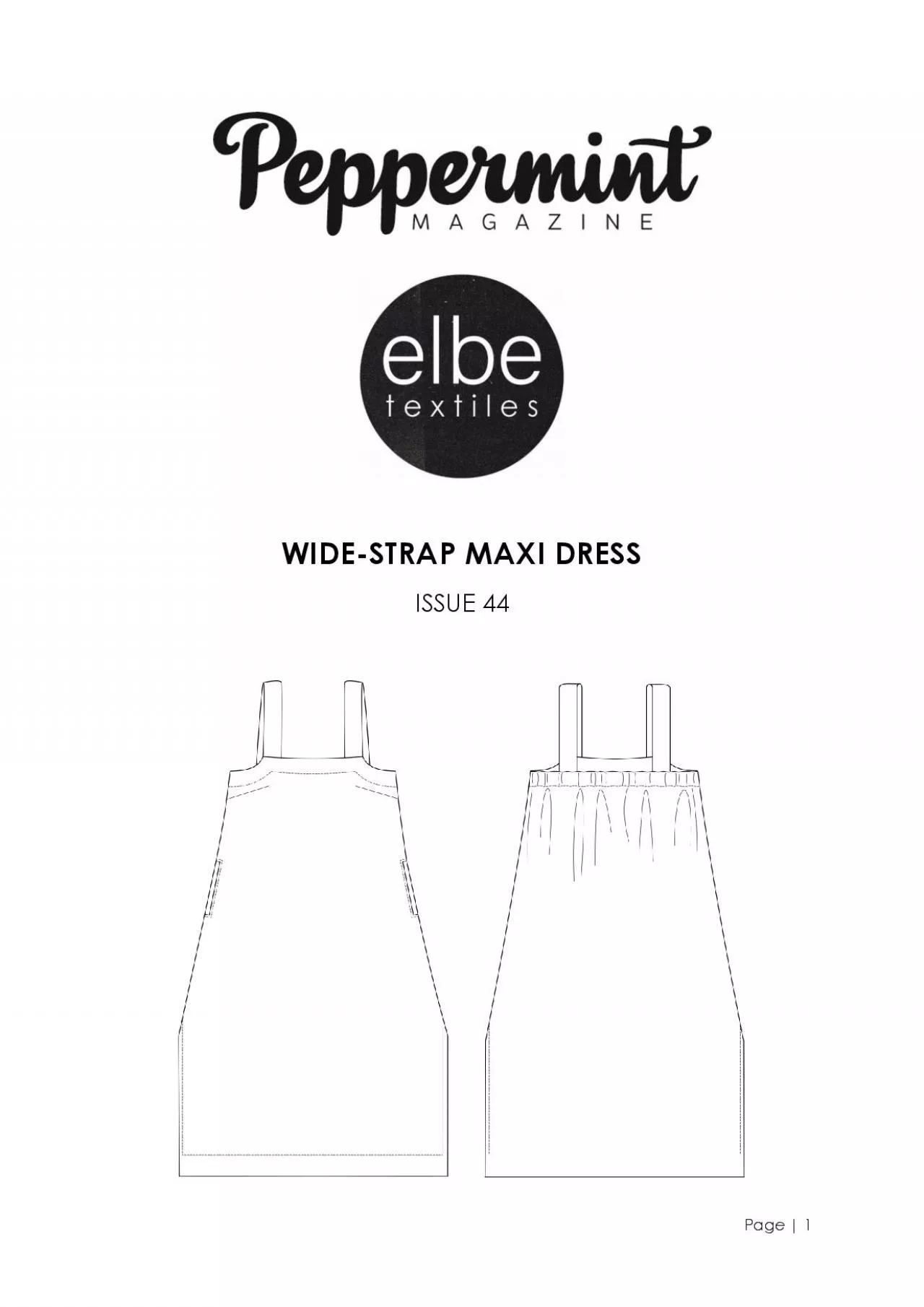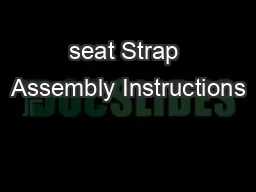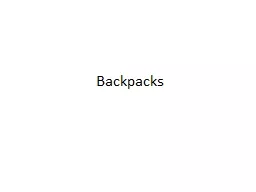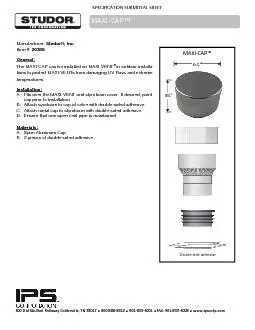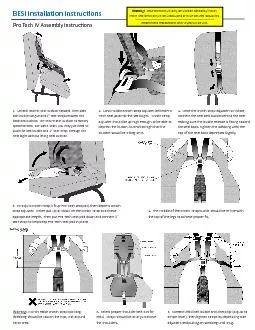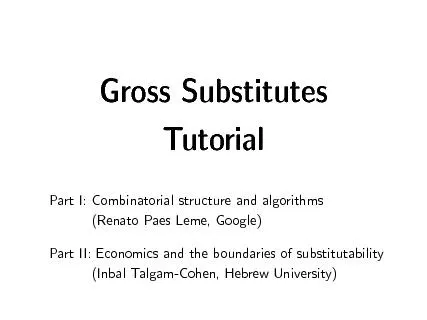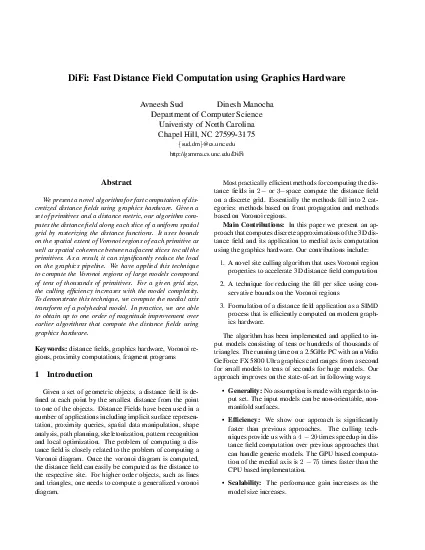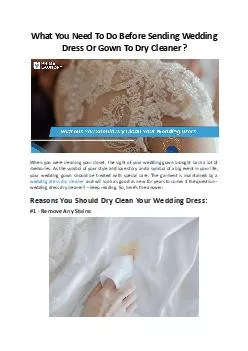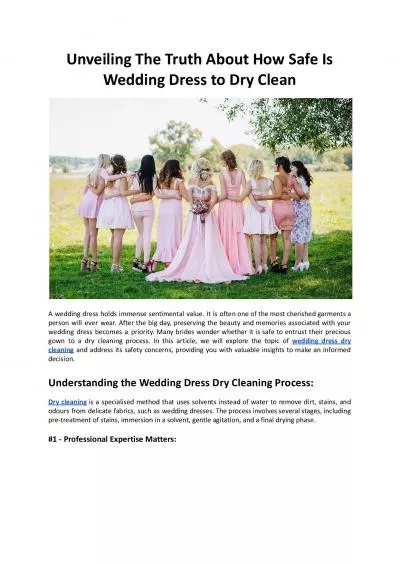PDF-STRAP MAXI DRESS
Author : skylar | Published Date : 2021-08-05
Page 1WIDEISSUE 44Page 2SIZE CHARTFINISHED GARMENT MEASUREMENTSFITTING NOTESThis pattern has been drafted for a B cup bust and for a height of 5 ft 7in This style
Presentation Embed Code
Download Presentation
Download Presentation The PPT/PDF document "STRAP MAXI DRESS" is the property of its rightful owner. Permission is granted to download and print the materials on this website for personal, non-commercial use only, and to display it on your personal computer provided you do not modify the materials and that you retain all copyright notices contained in the materials. By downloading content from our website, you accept the terms of this agreement.
STRAP MAXI DRESS: Transcript
Download Rules Of Document
"STRAP MAXI DRESS"The content belongs to its owner. You may download and print it for personal use, without modification, and keep all copyright notices. By downloading, you agree to these terms.
Related Documents

